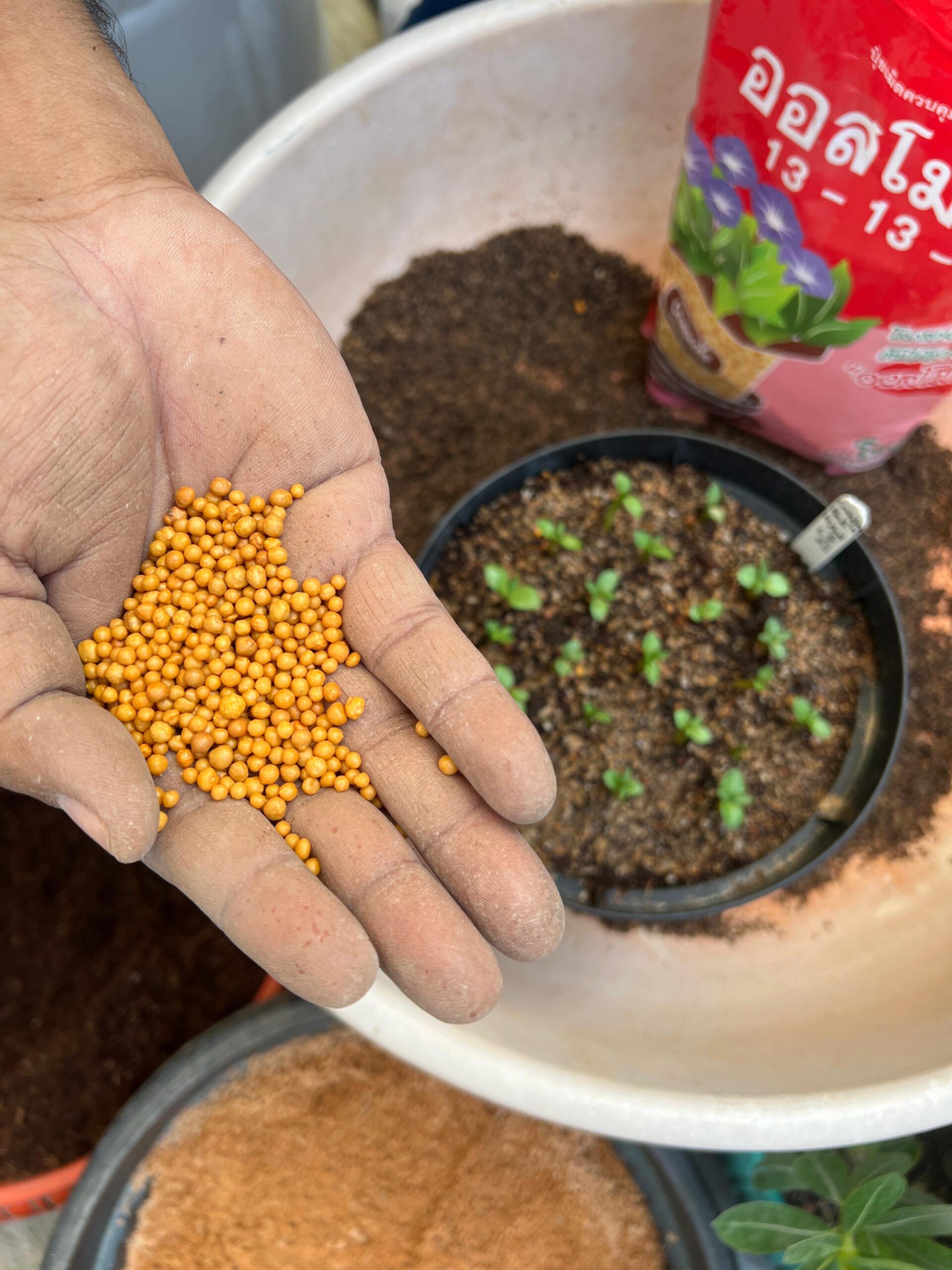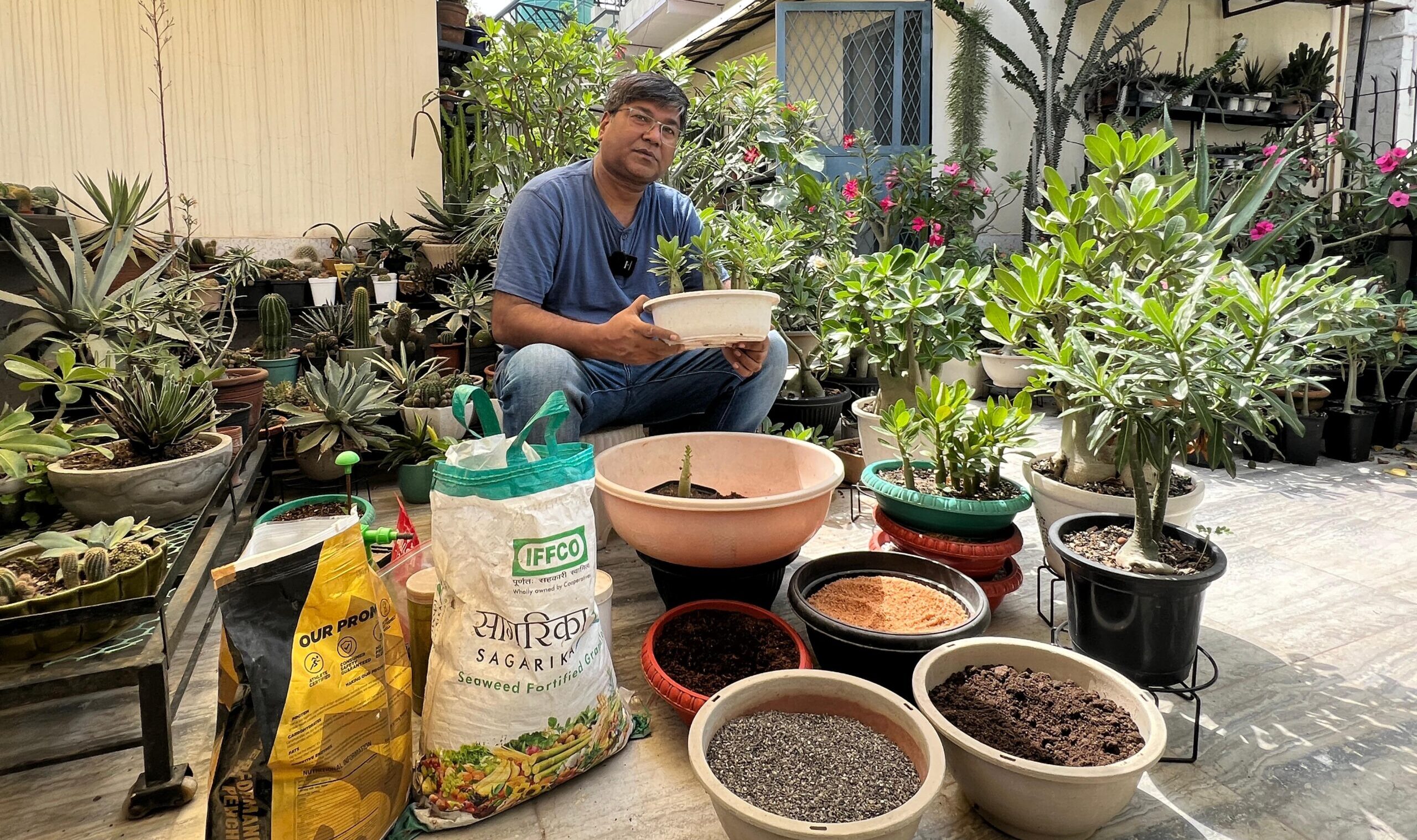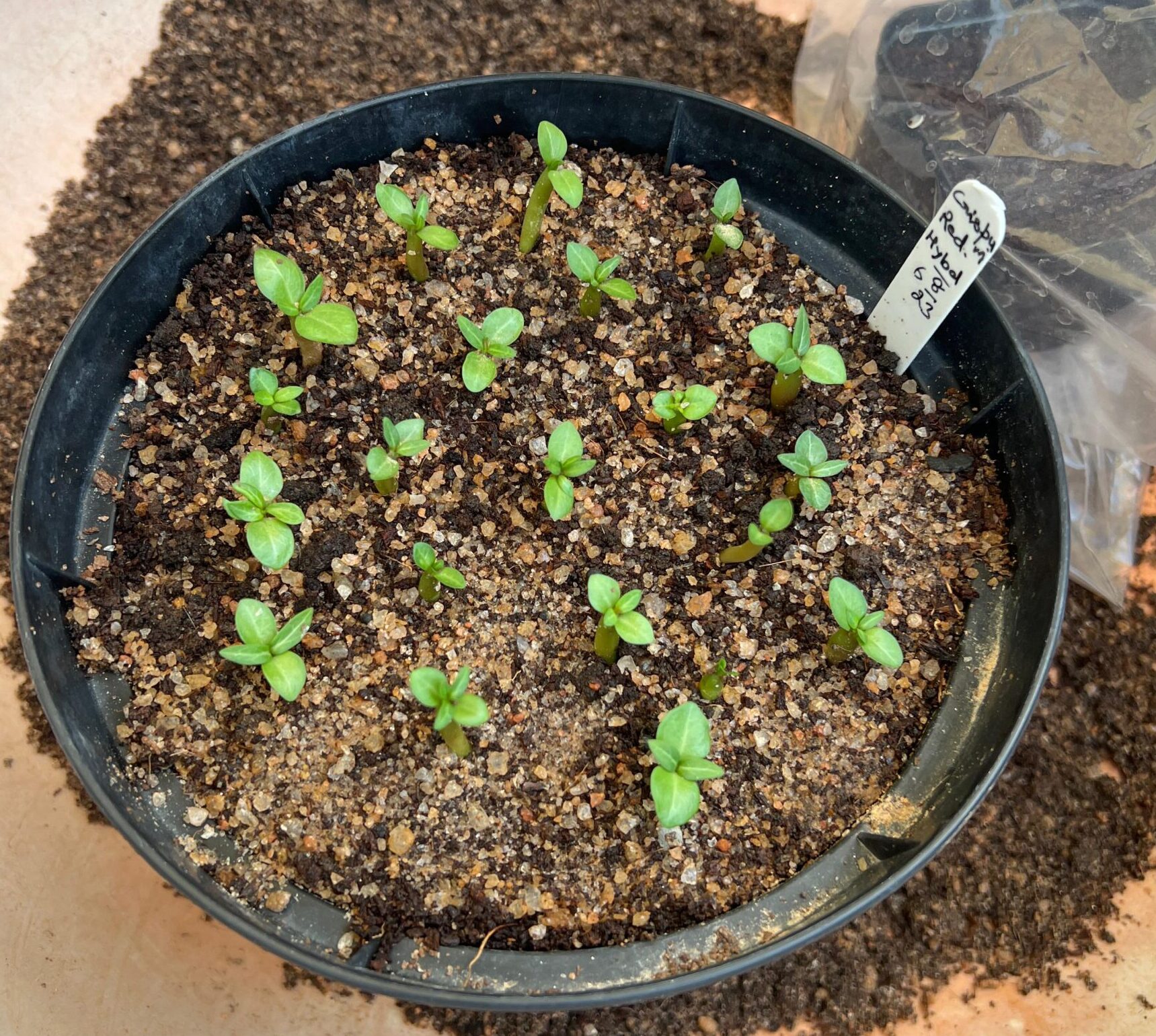Adenium plants, also known as desert roses, are renowned for their striking beauty and vibrant blooms. To ensure these remarkable plants thrive, it’s crucial to provide them with the right nutrients. One excellent way to do this is by using a slow-release fertilizer with a balanced 13-13-13 NPK ratio. In this guide, we’ll explore how to use this fertilizer to boost the health and beauty of your adenium plants.
1. Understanding the 13-13-13 NPK Ratio:
- N (Nitrogen): Promotes leafy growth and lush green foliage.
- P (Phosphorus): Supports strong root development and flower production.
- K (Potassium): Enhances overall plant health and resistance to stress.
2. Benefits of Slow-Release Fertilizers:
- Provides a consistent and gradual nutrient supply over an extended period.
- Reduces the risk of over-fertilization, which can harm adenium plants.

3. Application Guidelines:
- Apply the slow-release fertilizer during the growing season (spring and summer).
- Sprinkle the granules evenly around the base of the plant, avoiding direct contact with the stem.
4. Dosage and Frequency:
- Use the recommended dosage mentioned on the fertilizer packaging.
- Reapply every 2-3 months during the growing season for consistent nutrition.

Adenium स्लो रिलीज़ Best Fertiliser
5. Watering After Application:
- Water your adenium plant thoroughly after applying the slow-release fertilizer to activate the release of nutrients.
6. Avoiding Over-Fertilization:
- Be cautious not to exceed the recommended dosage, as too much fertilizer can harm your plant.
- Always follow the manufacturer’s instructions.
7. Signs of Proper Nutrient Balance:
- Healthy, glossy green leaves.
- Abundant flower buds and vibrant blooms.
- Strong and vigorous growth.
8. Monitoring Plant Health:
- Regularly inspect your adenium plant for any signs of nutrient deficiencies or excesses.
- Adjust your fertilization schedule or dosage as needed.
9. Additional Care Tips:
- Adequate sunlight: Ensure your adenium receives sufficient sunlight, typically 6-8 hours a day.
- Well-draining soil: Plant adenium in well-draining soil to prevent waterlogged roots.

10. Common Adenium Varieties:
- Explore various adenium varieties and their specific care requirements.
11. Troubleshooting Guide:
- Learn how to identify and address common adenium plant issues.
12. Frequently Asked Questions:
- Address common queries about adenium care, fertilization, and slow-release fertilizers.
Using a 13-13-13 slow-release fertilizer for your adenium plants can significantly enhance their growth and beauty. By understanding the NPK ratio, following application guidelines, and monitoring your plant’s health, you can enjoy vibrant blooms and lush foliage. Remember, a well-nourished adenium is a healthy and thriving one. Happy gardening!


